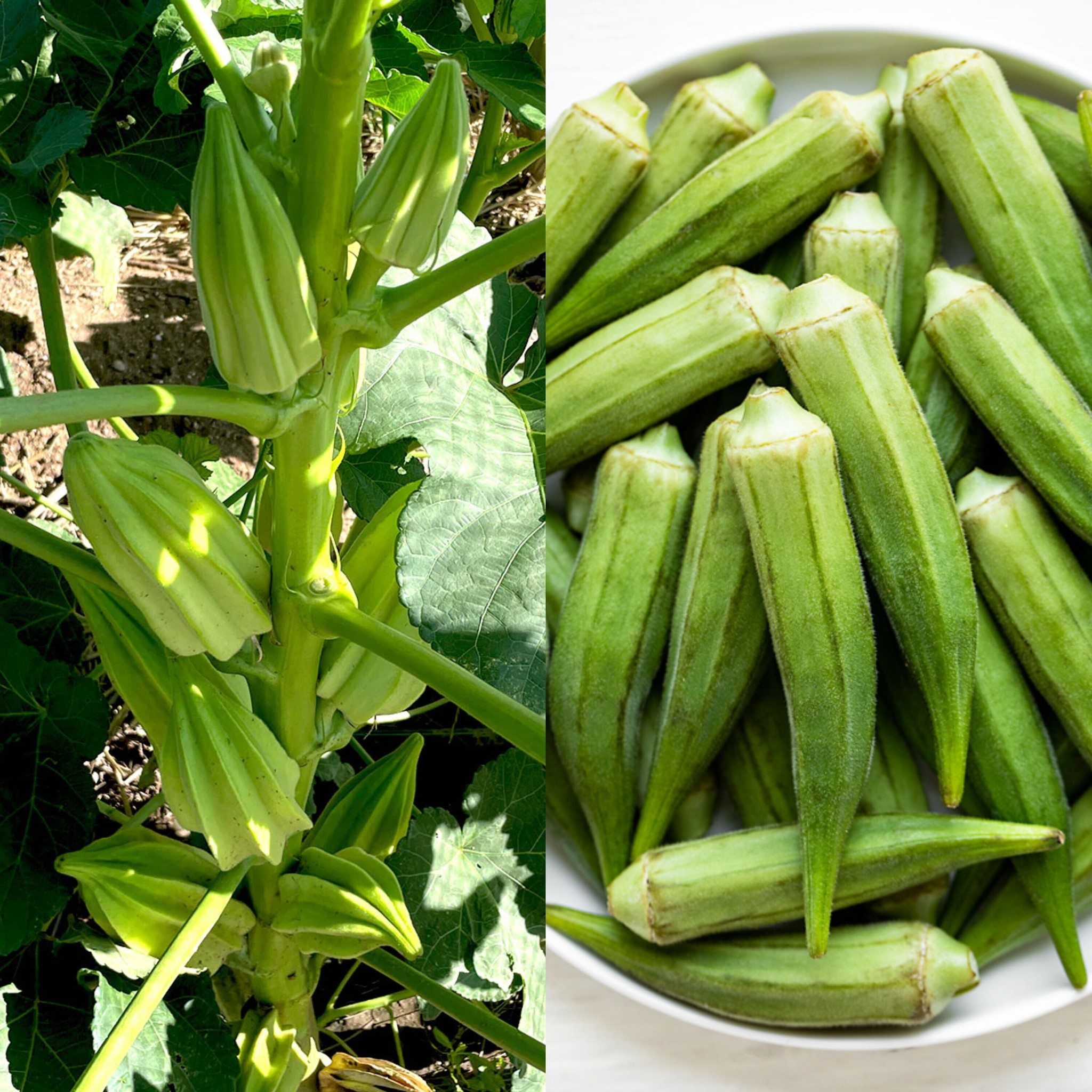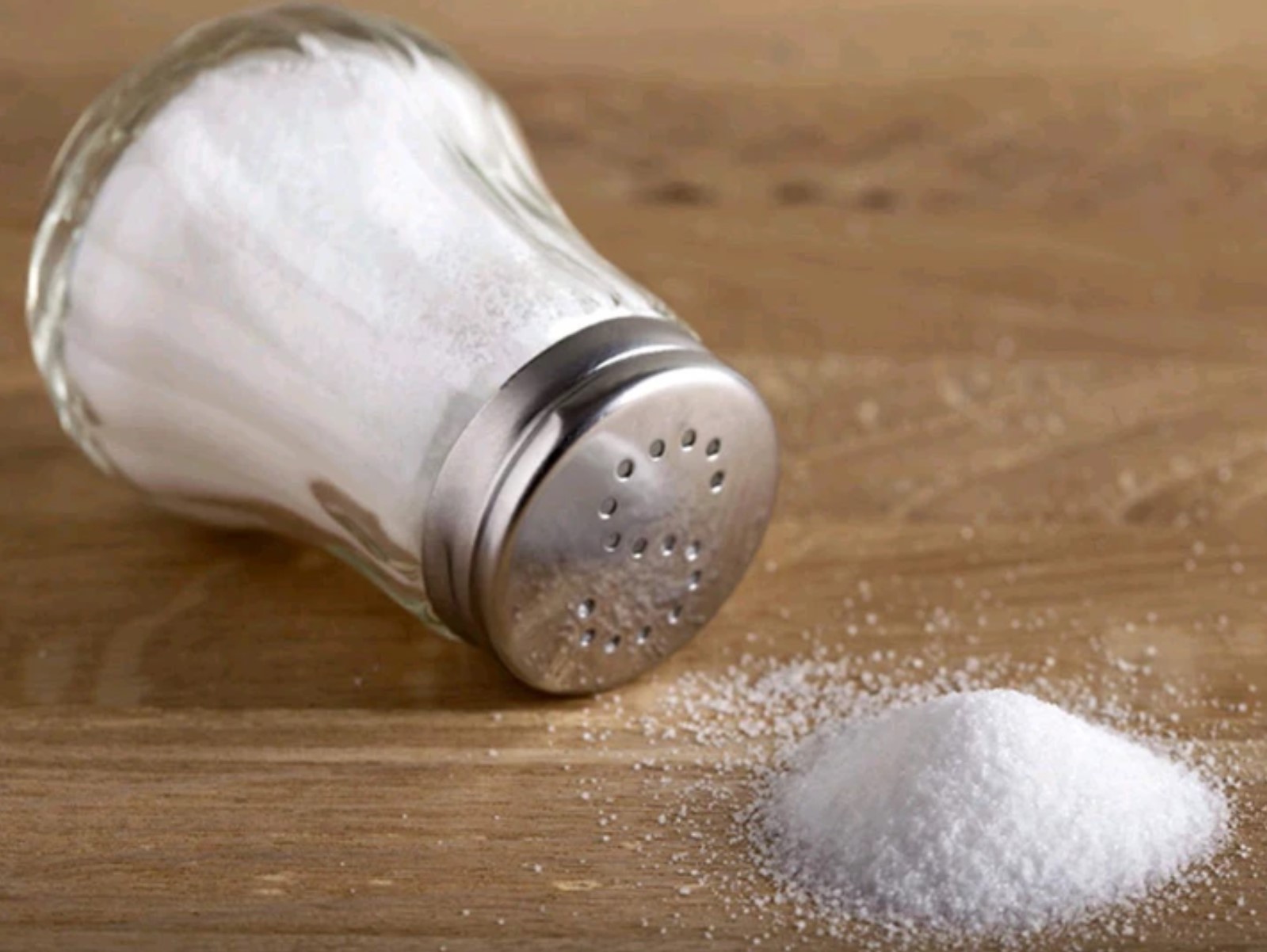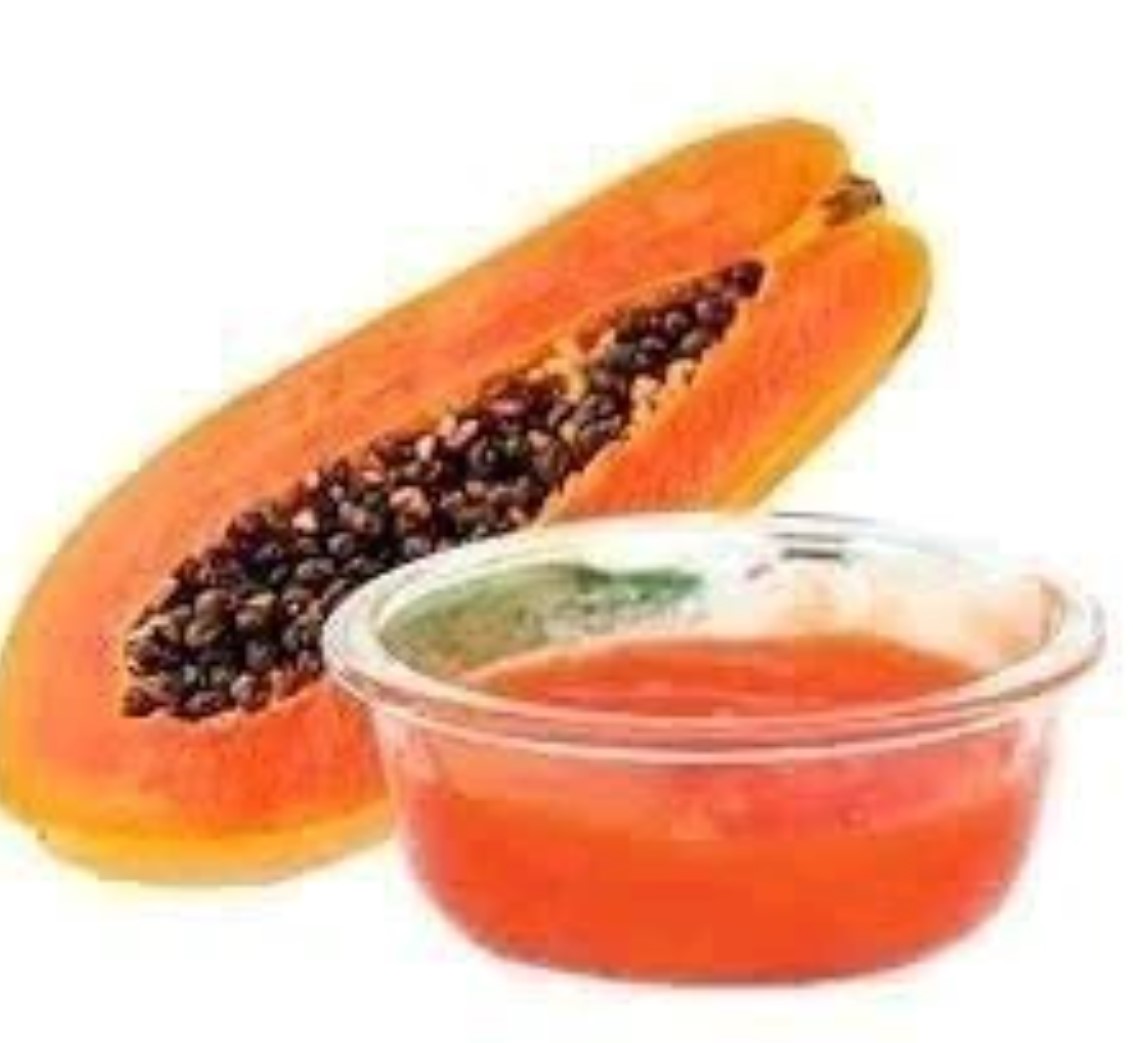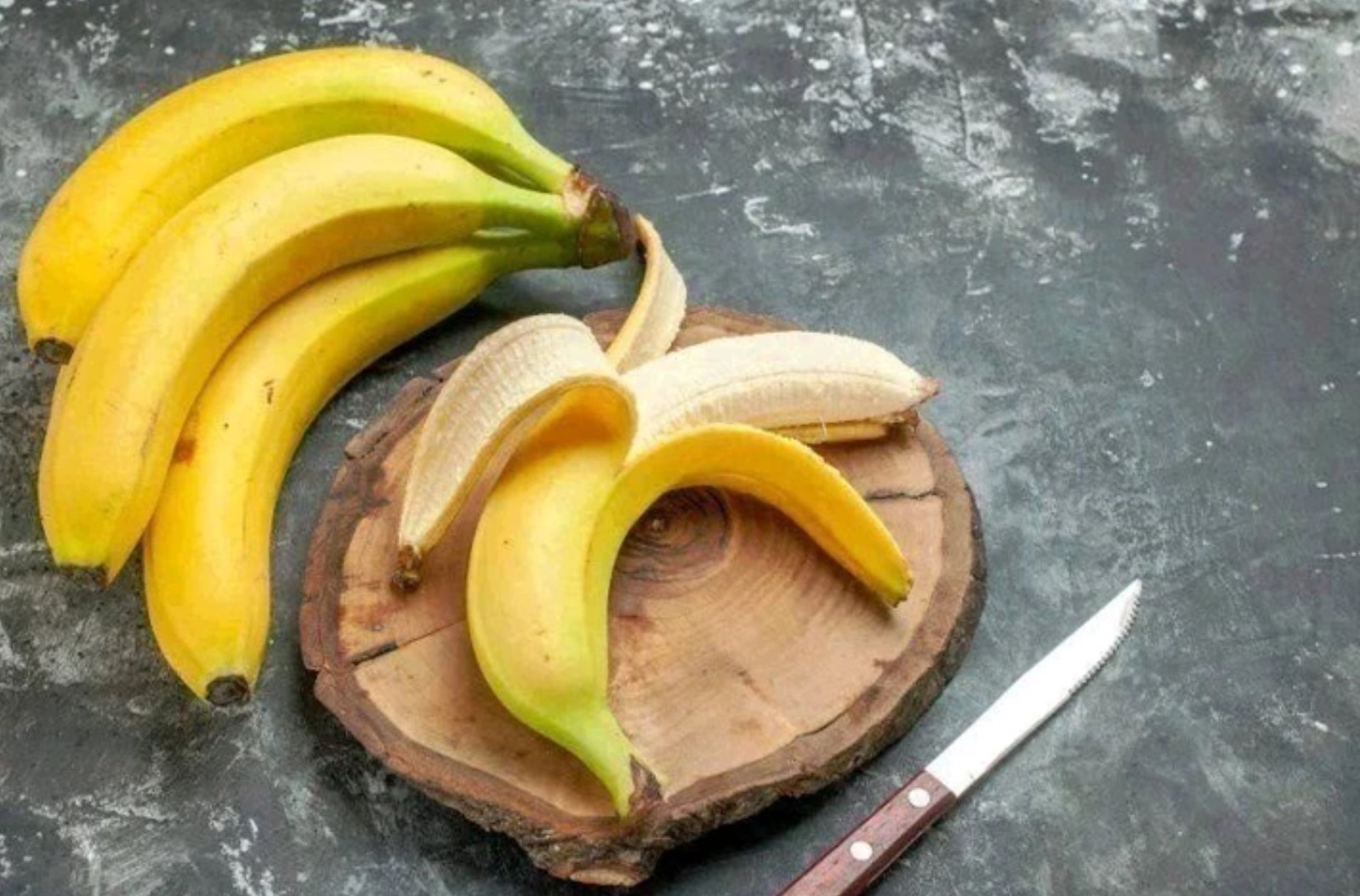HEALTH & LIFESTYLE
Unlock the Secret to Silky, Straight Hair with Okra: A Natural Keratin Treatment

Continue Reading
HEALTH & LIFESTYLE
5 Secret Benefits Of Adding Salt To Bathing Water
HEALTH & LIFESTYLE
7 things that will make you look younger than your age
HEALTH & LIFESTYLE
What Happens When You Eat a Banana First Thing In The Morning?
-

 IN-THE-NEWS11 months ago
IN-THE-NEWS11 months agoFive Storey Building Under Construction In Onitsha Collapses
-

 METRO8 months ago
METRO8 months ago“Open Your Bag Now Thief” Screamed The Racist Cop To Black Woman. But He Doesn’t Know She Is A. –
-

 SPORTS10 months ago
SPORTS10 months agoSuns, Mat Ishbia speaks: I love our group, we will try to win the title
-

 IN-THE-NEWS11 months ago
IN-THE-NEWS11 months agoHerdsmen And Four Others Sentenced To Death For Kidnapping And Killing Their Victim After Ransom Payment
-

 METRO1 day ago
METRO1 day agoTexas Tuba Player Teach Obnoxious Heckler A Lesson
-

 IN-THE-NEWS11 months ago
IN-THE-NEWS11 months agoHave A Plan Of What You Will Say To Avoid Letting Unfortunate Things Slip Out That You Have To Apologize For
-

 METRO8 months ago
METRO8 months agoI Visited My Dying Boyfriend At The Hospital Only To Meet The Shock Of My Life
-

 SPORTS10 months ago
SPORTS10 months agoAlexander Zverev: The Top Contender for Germany’s Athlete of the Year Award



